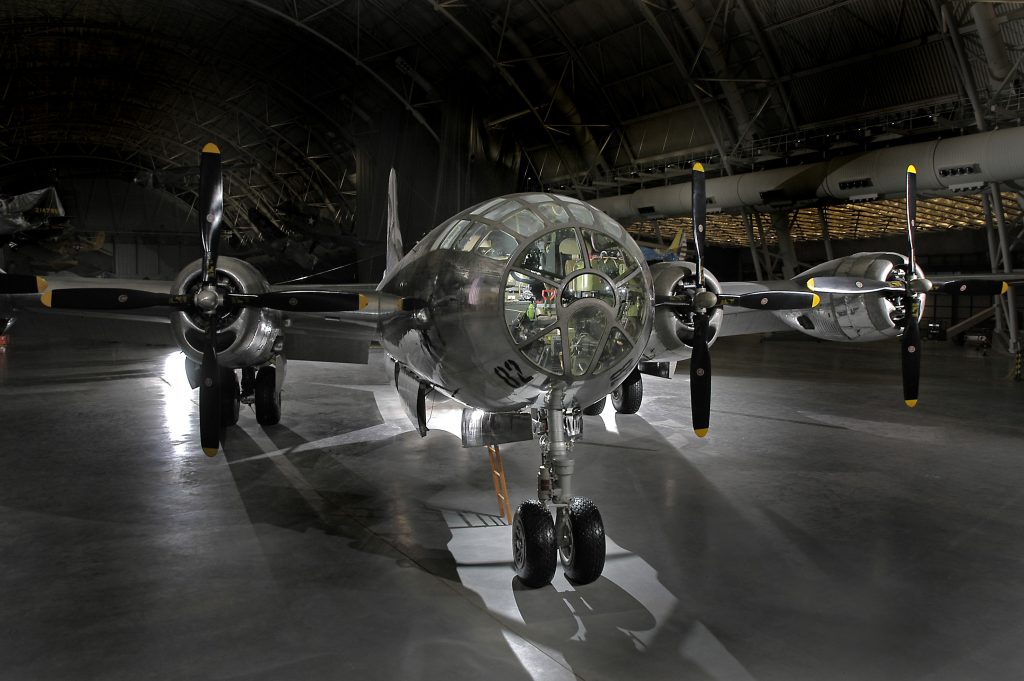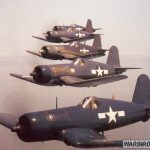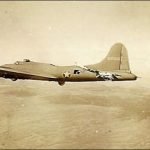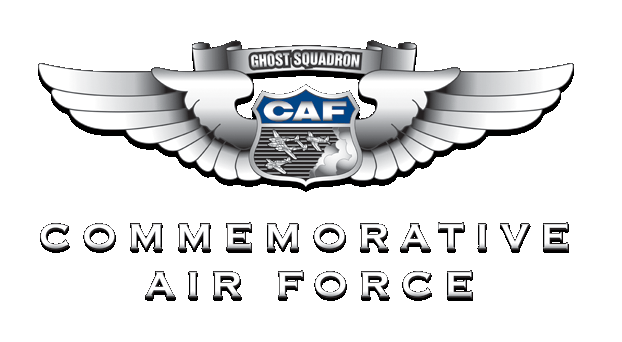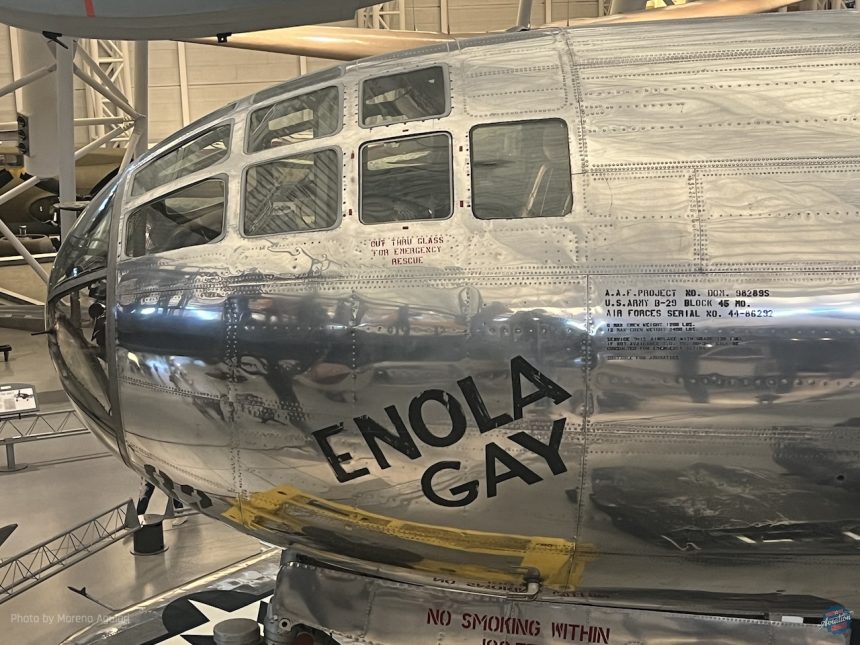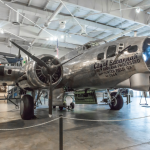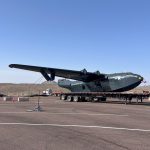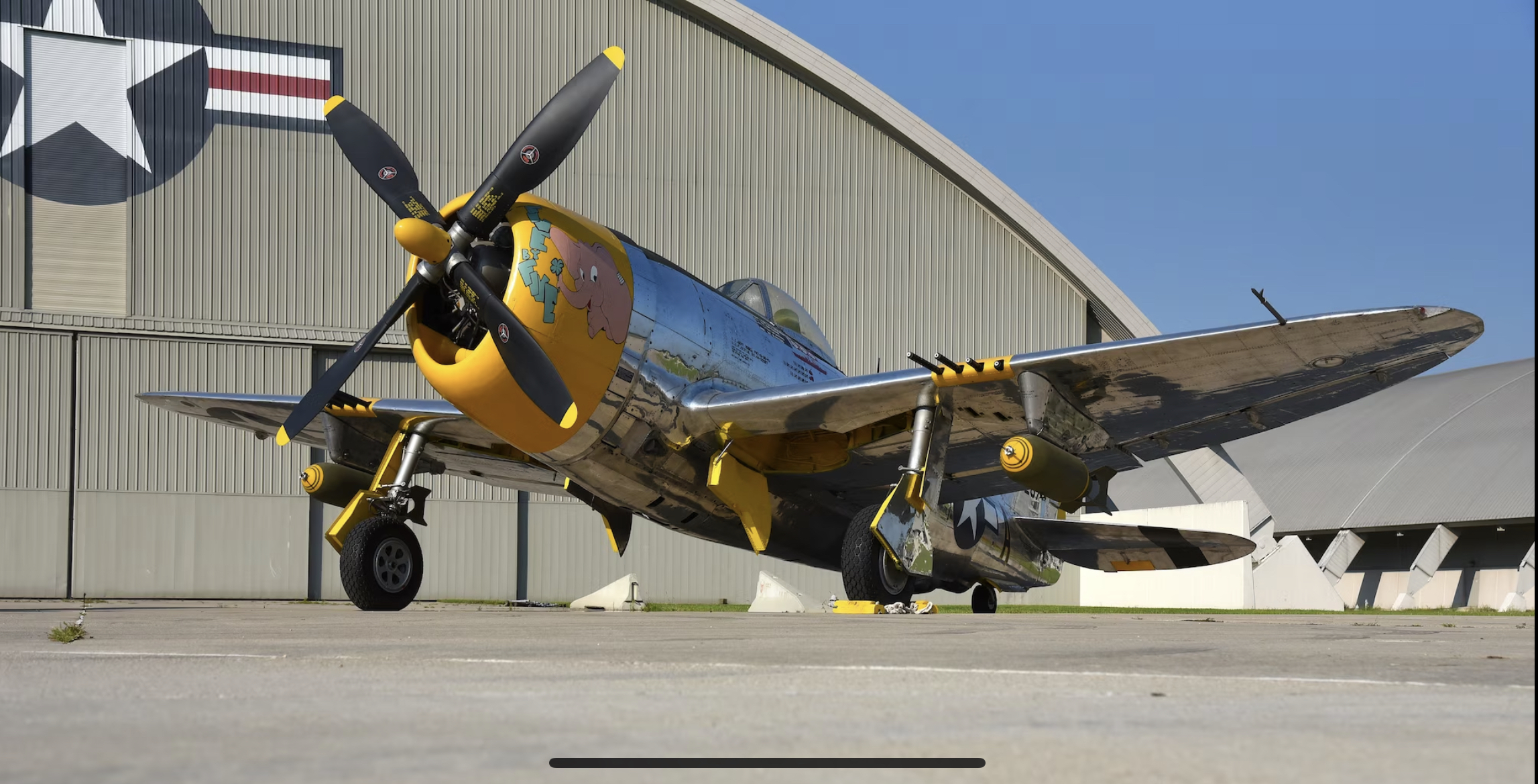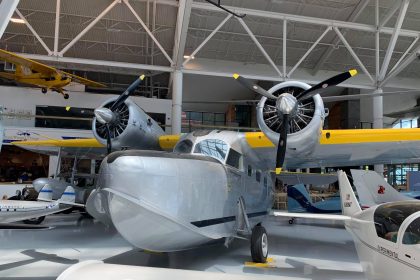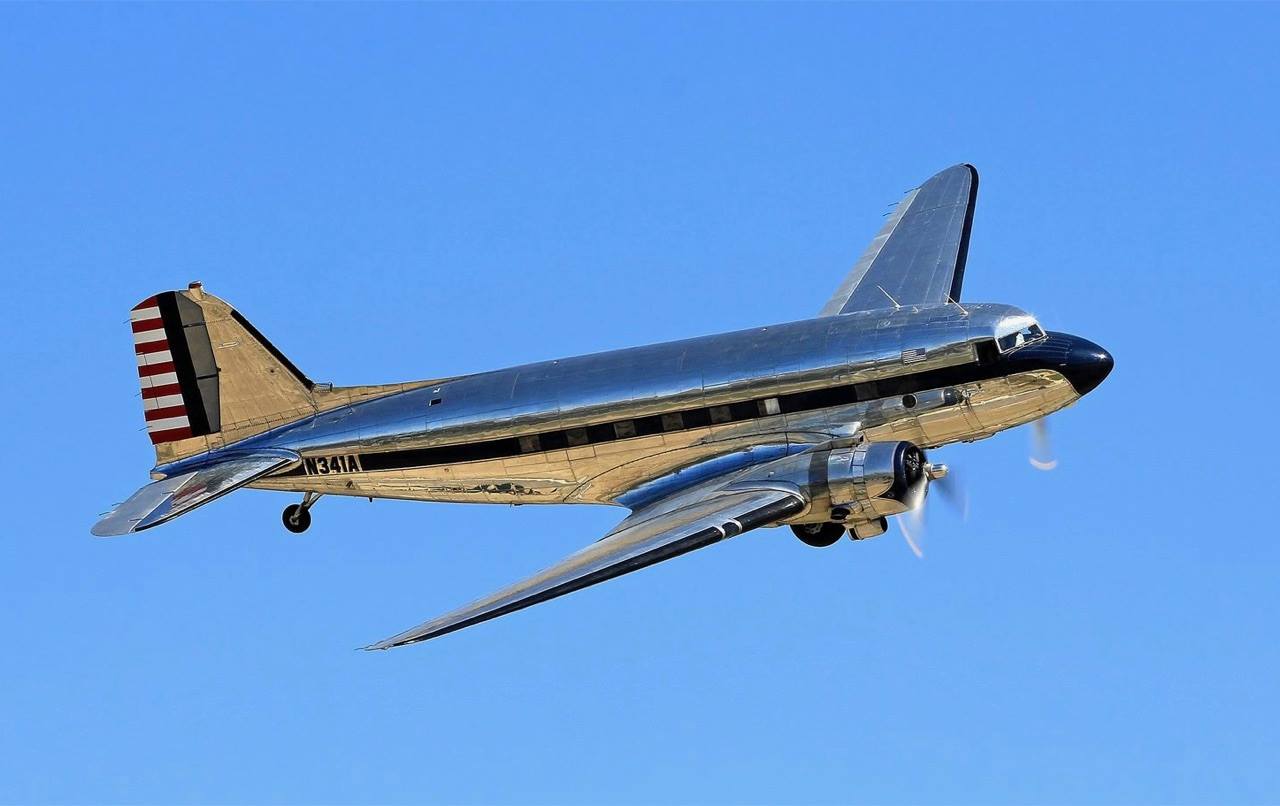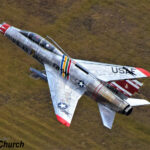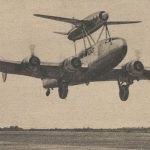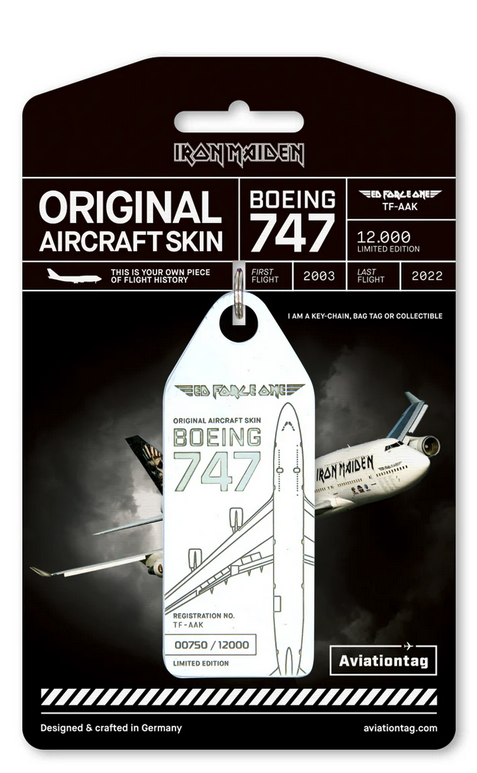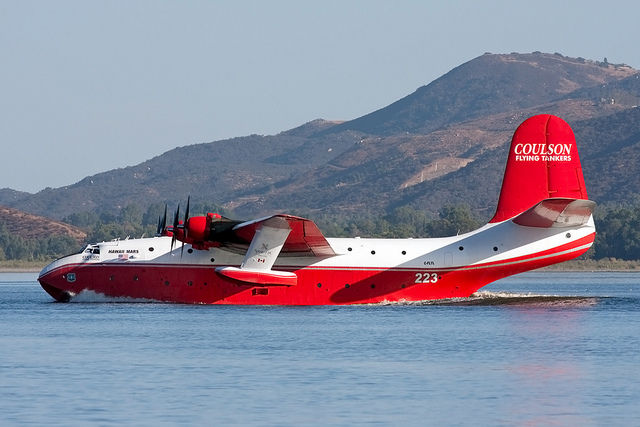The U.S. military has mistakenly flagged images of the B-29 Enola Gay and other historically significant materials as part of a Pentagon-led purge of diversity, equity, and inclusion (DEI)-related content. The initiative, following an executive order by President Donald Trump, has already resulted in the removal of over 26,000 images, with estimates suggesting the final count could exceed 100,000. The review process has led to confusion and unintended deletions, including photos of the Tuskegee Airmen, female Marine Corps graduates, and commemorative posts for minority history months. Some images were mistakenly removed due to keywords like “gay” in filenames, such as an Army Corps of Engineers project where an engineer had the last name “Gay.”
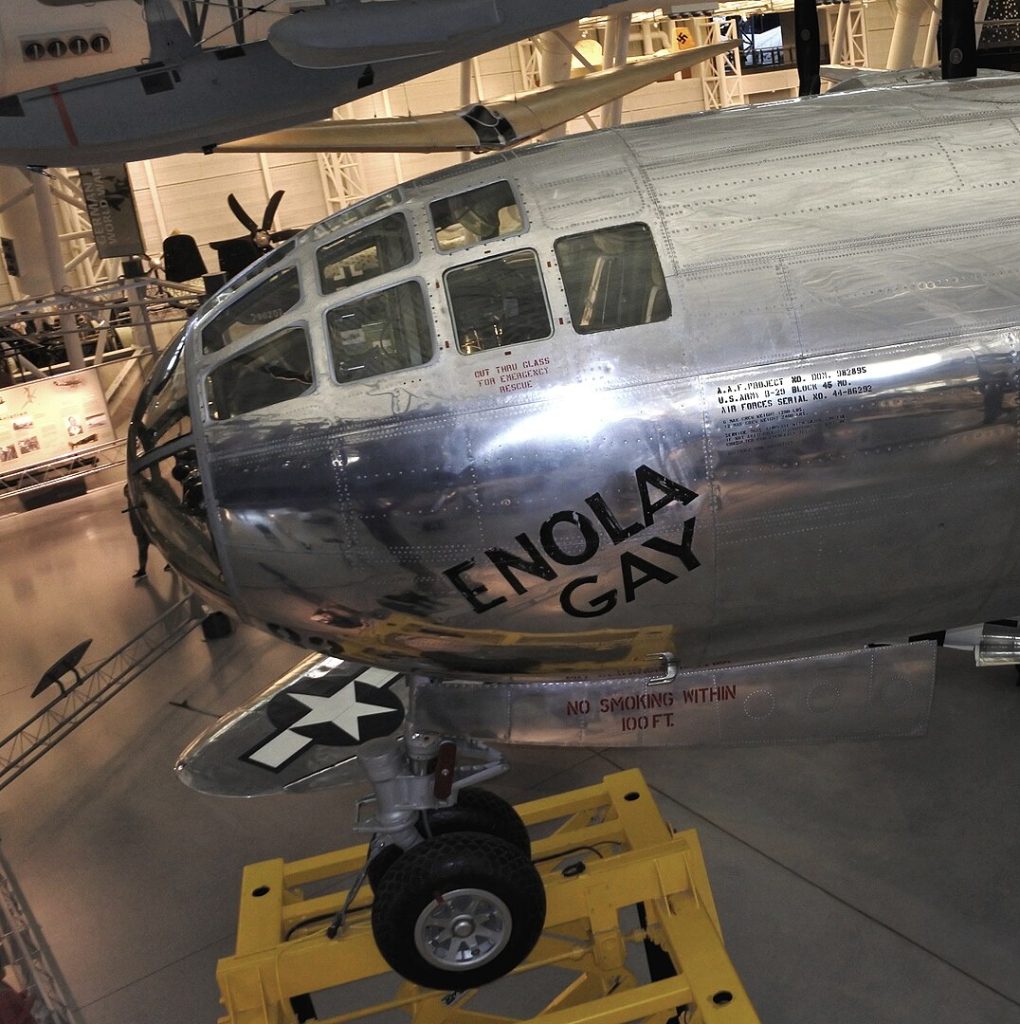
Aviation enthusiasts were stunned to learn that images of one of the most iconic bombers in history, the B-29 Enola Gay, were affected by this Pentagon-led purge. Even more concerning is the growing belief that the removal process is being driven by artificial intelligence. Reports suggest the U.S. Army is using “CamoGPT” to carry out the purge, leading to speculation that the lack of human oversight has resulted in historical inaccuracies and unintended removals. The Enola Gay is widely recognized for its role in history, having dropped the atomic bomb on August 6, 1945, over Hiroshima, Japan. The aircraft’s name was not linked to DEI but was instead chosen by its pilot, Col. Paul Tibbets Jr., to honor his mother. On the night before the mission, Tibbets surprised his crew by having the name painted on the nose of the plane.
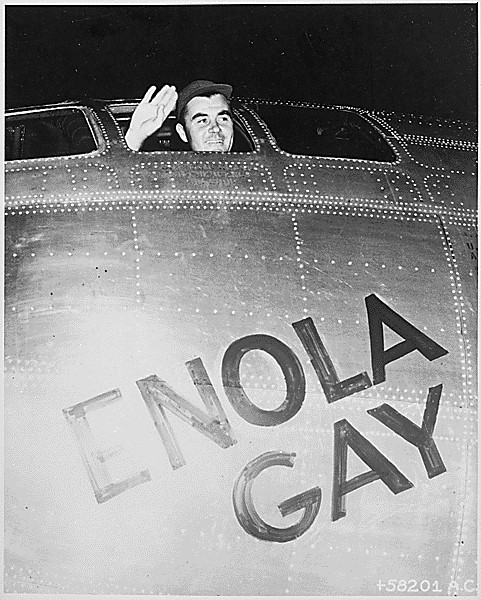
When asked about his mother’s reaction to having her name on the aircraft, Tibbets recalled: “Well, I can only tell you what my dad said. My mother never changed her expression very much about anything, whether it was serious or light, but when she’d get tickled, her stomach would jiggle. My dad said that when the telephone in Miami rang, my mother was quiet at first. Then, when it was announced on the radio, he said, ‘You should have seen the old gal’s belly jiggle on that one.’”
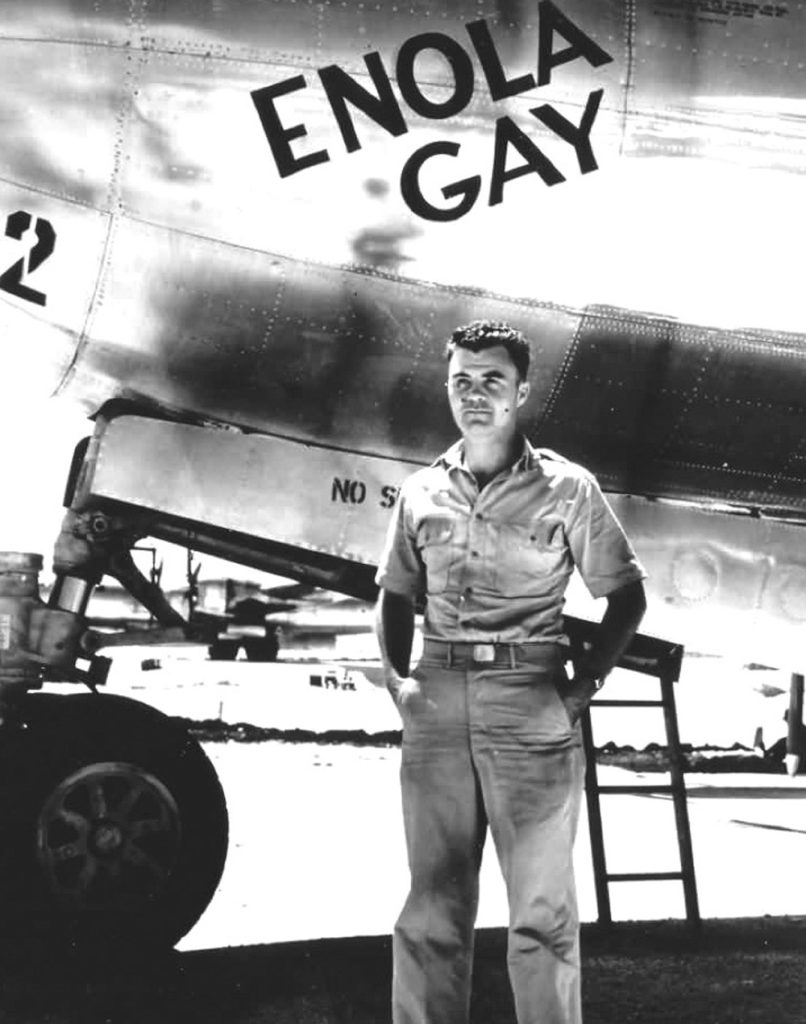
The Enola Gay and Its Legacy
On August 6, 1945, the Martin-built B-29 Enola Gay became the first aircraft to drop an atomic bomb in combat, targeting Hiroshima, Japan. Three days later, Bockscar (now on display at the U.S. Air Force Museum in Dayton, Ohio) dropped a second atomic bomb on Nagasaki. The Enola Gay was reassigned as a weather reconnaissance aircraft for the Nagasaki mission. A third B-29, The Great Artiste, flew as an observation plane for both missions. After the war, The Great Artiste returned with the 509th Composite Group to Roswell Army Air Field, New Mexico, but was ultimately scrapped in September 1949 after being heavily damaged in an accident at Goose Bay Air Base, Labrador.
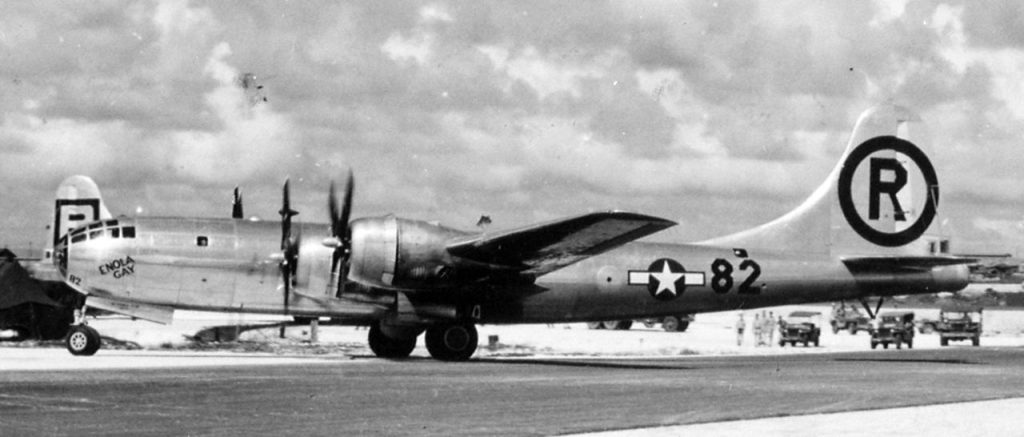
Today, the Enola Gay is displayed at the Smithsonian’s National Air and Space Museum in Washington, D.C., where it remains a centerpiece of World War II history. At press time, it remains unclear whether the Pentagon has finalized its list of flagged content. Many hope that common sense will prevail and that historically significant materials—like those of the Enola Gay—will be preserved rather than lost in a bureaucratic purge.
